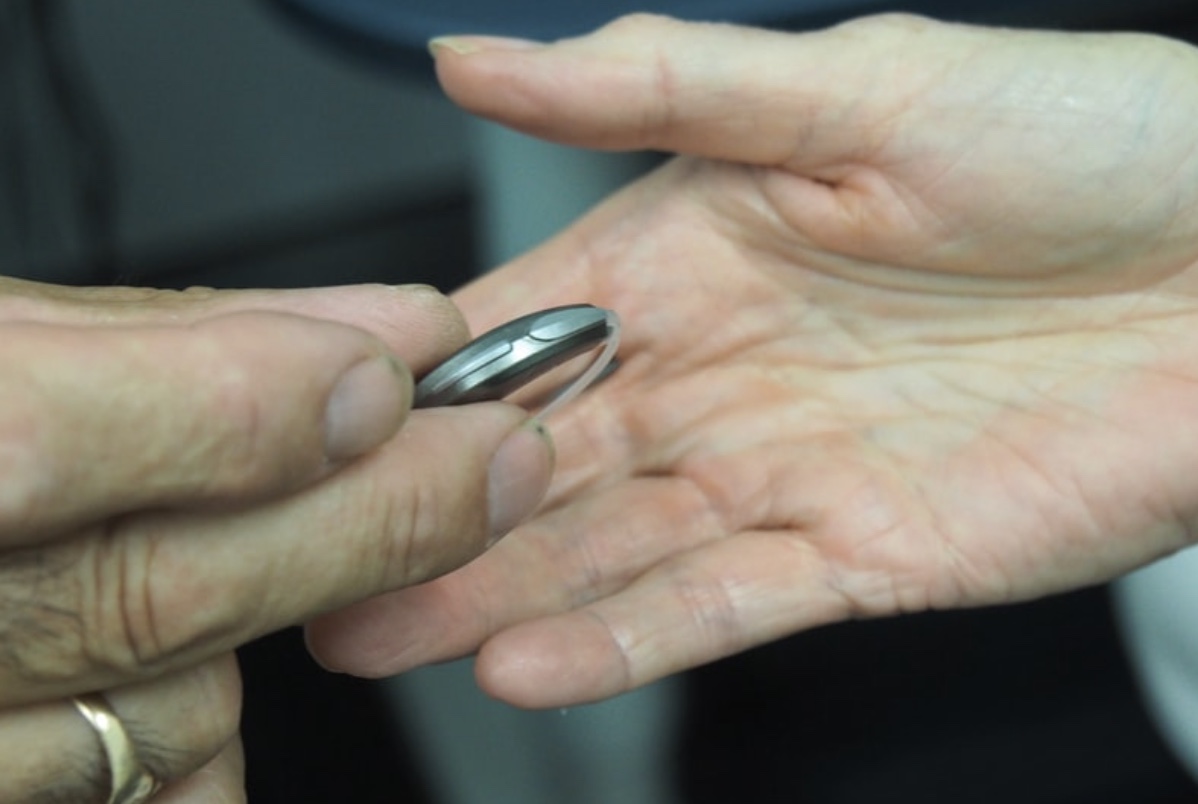If you’ve taken the step and purchased new hearing aids, you deserve to be congratulated. Because of procrastination or denial, many people put off addressing their hearing problems for years. However, once you’ve gotten adjusted to your new hearing aids, you can expect several advantages, such as better relationships at work and home, a better sense of individuality, increased confidence, improved mobility, and a better overall quality of life.
It is critical to dedicate to wearing and maintaining your hearing aids on a daily basis. Hearing aids are intricate pieces of equipment that are meant to work from the minute you get up until you go to sleep at night. We expect a lot from our hearing aids, which implies that proper care and maintenance can increase the quality of the sound we hear. When you grasp the ins and outs of your hearing aids, you can correct minor issues as they emerge, ensuring that your hearing is not disrupted for too long. Here are some frequent hearing aid issues and solutions.
Contents
Uncomfortable sounds
If your audio quality makes you uncomfortable, there are simple ways to improve it. When there are answers for each issue, don’t settle for a sound that is too loud, too faint, or too choppy.
Check your settings, and then attempt the troubleshooting methods listed below.
Moisture damage is uncommon when your hearing aid is properly adjusted by an audiologist. However, improperly installed devices might allow moisture to enter and damage the battery. Moisture affects the sound and can often be corrected with a dehumidifier, but other times a new battery is required.
If your audio quality is no longer as good after you’ve gotten used to your hearing aid and that everything is working properly, it’s possible that your hearing has altered. If you’re having trouble hearing even with your hearing aid set to the highest level, make an appointment with your doctor to evaluate if you really need a different device.
If none of these work, your hearing aids will require professional troubleshooting. So, if for example, you have Phonak hearing aids, you can look for Phonak hearing aid troubleshooting to get them working again.
Low-quality sound
It should not be necessary to struggle to hear through your hearing aids. If you turn the volume all the way up and still can’t hear, there is clearly a problem. This is where knowing the components of your hearing aids can help. Inspect your hearing aids, beginning with the microphone opening and ending with the sound exit, tubing, and earpiece. Look for cracks, dirt accumulation, ear wax, or areas where water may be gathering.
Drying your hearing aids with a dry clean cloth will often solve this problem fast. Checking and cleaning your hearing aids as part of your nighttime routine will help you avoid this problem entirely. If you do find a crack, it’s best to have it fixed by a specialist before debris or moisture can enter the casing and cause a more serious problem, such as a short circuit.
It is possible to wear a hearing aid and hear nothing whatsoever. While this may be concerning, there is generally a simple solution that can be performed from the comfort of your own home. If you bought your hearing aid off the shelf, there’s a risk it’s malfunctioning or inadequate for your needs.
Whistling and feedback
Unpleasant screaming or whistling sounds might be startling, but they are usually easily remedied. When hearing aids encounter friction, a poor fit, damage, or overwhelming volume, they generate “feedback.” Use these easy fixes to avoid startling sounds and enhance enjoyable listening.
A whistling sound can be heard when the device rubs up against something. This includes the initial touch with your ear, as well as any clothing or accessories that touch the device. To limit the possibility of feedback, wait until your gadget is correctly installed before switching it on.
Similar to how radios and televisions produce irritating sounds when the volume is turned up too loud, a hearing aid can produce feedback when too much noise comes through. Reduce the level to determine if the feedback persists, as long as the sound is still adequate for you. If that doesn’t work, see your audiologist for a solution.

Final thoughts
The most frequent treatment for irreversible hearing loss is hearing aids. Every day, millions of people wear these small, custom-fit, digitally programmed, and personalized hearing solutions. If you depend on hearing aids to maintain your hearing clear at all times, you understand how critical it is to immediately discover and resolve issues. If you can’t resolve your hearing aids problem by yourself, don’t hesitate to call your audiologist for a quick troubleshooting.
